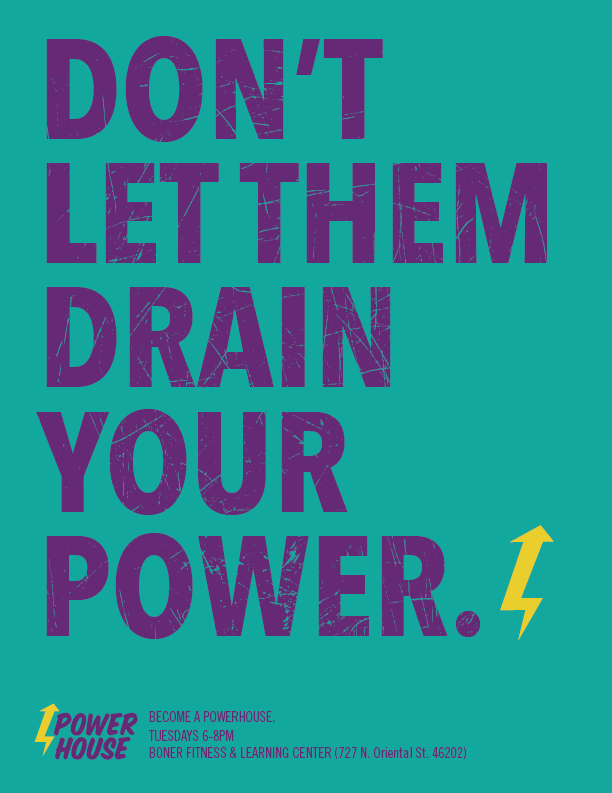3 minute read
Research Jam brought together youth, parents, and community members who work with families, to build a PowerHouse.
You walk into a gloomy room with no light. You sit down in a chair and face a stage where someone starts to say something about health. You try to say hey to your friend a few seats away, but you hear a “shhhhhh!” The person at the front of the room is still talking but you’ve lost the will to pay attention. All you hear is “blah, blah blah.” Your stomach rumbles. People around you yawn and fidget. No one asks your opinion and it’ll be another hour before you can get up from your seat. And you just know there will be some kind of worksheet at the end. They said this diabetes prevention program would be fun, but it’s just the worst. [Program description based on drawings by youth of the “worst diabetes prevention program ever”.]
According to data from the American Diabetes Association, the rate of prediabetes (higher than normal blood sugar levels that can turn into type 2 diabetes), is 35.6% of the people in Indiana. That’s more than 1 in every 3 people. Prediabetes and diabetes are both starting to be more and more common in children. The good news is that prediabetes can be stopped or slowed down with healthy changes in diet and exercise. The bad news is that getting people to make these kinds of changes can be really hard. There are many programs to help people make healthy changes to prevent diabetes. Some of these programs have worked well for adults. But there aren’t many programs made with youth in mind. Dr. Tamara Hannon, a doctor who works with kids with diabetes, asked Research Jam for help to make a program with youth and families. We all worked together to make a diabetes prevention program that’s based on what doctors know works, but is made with youth in mind.
Research Jam brought together youth, parents, and community members who work with families to imagine what this new program could be.
We learned three important things about how youth think about health: (1) Youth are cool with being healthy, but there are other things that are more important to them like making friends and having fun. (2) Their options for making healthy choices (especially with food) are often controlled by other people like their schools and their parents. (3) They hear about how to be healthy in places like school where they get lots of lectures and it’s sometimes really boring. As one teen said: Even if it’s really fun, I feel like if you’re like ‘Oh we’ve got vegetables…and we’re doing this program,’ I feel like that gets boring…People would be like, ‘Um I’m probably not going.’
Research Jam needed to do two things to make the program work for youth: (1) Make the program actually fun; not fake fun and (2) Make health more about ‘what you want to do’ and not about what you’re ‘supposed to do.’
With this idea in mind, Research Jam named the program PowerHouse.
PowerHouse is about making youth feel powerful by helping them see that they deserve to be healthy, by helping them create their own healthy lifestyle that works for them, and by bringing them together with people who can help them build the life they want. Diabetes prevention comes from these kinds of choices but it isn’t the main focus.
We were inspired by the Truth campaign and their ideas about helping teens stay away from smoking by rebelling against the tobacco companies and DJ Khaled’s Snapchats about the keys to reaching success even though “they” don’t want you to. These two ideas (empowerment and rebellion) were the focus of PowerHouse’s message to teens.
To find out more about PowerHouse, visit www.wearepowerhouse.org or @WeArePowerHouse on Facebook.


